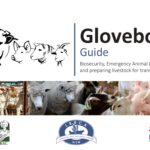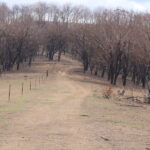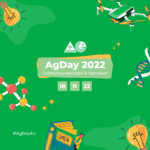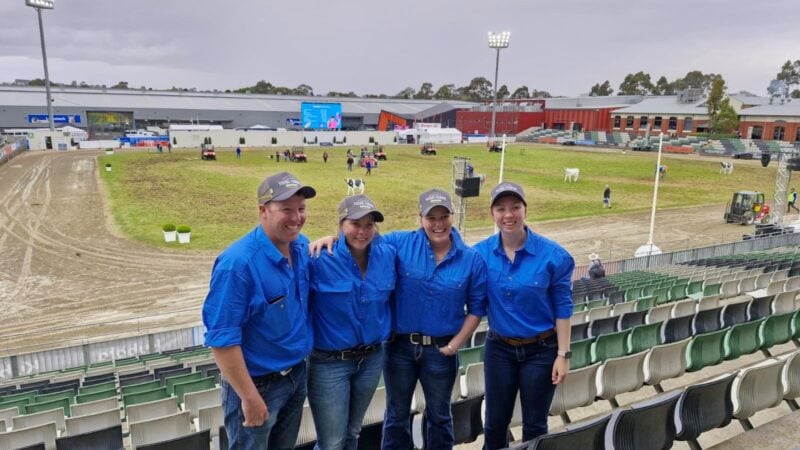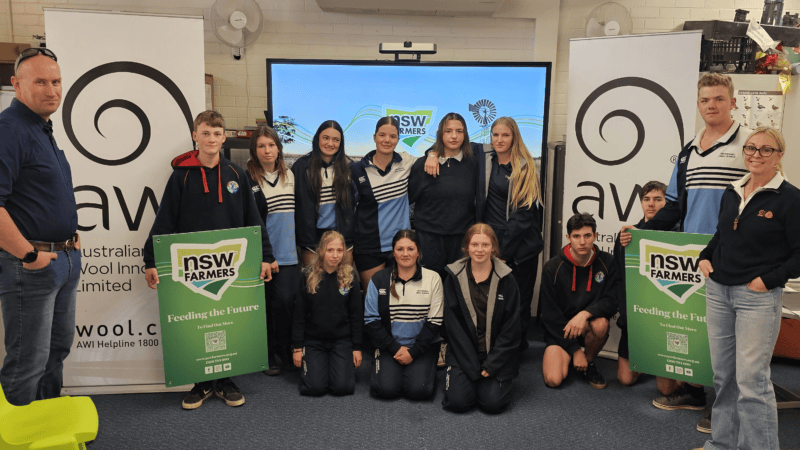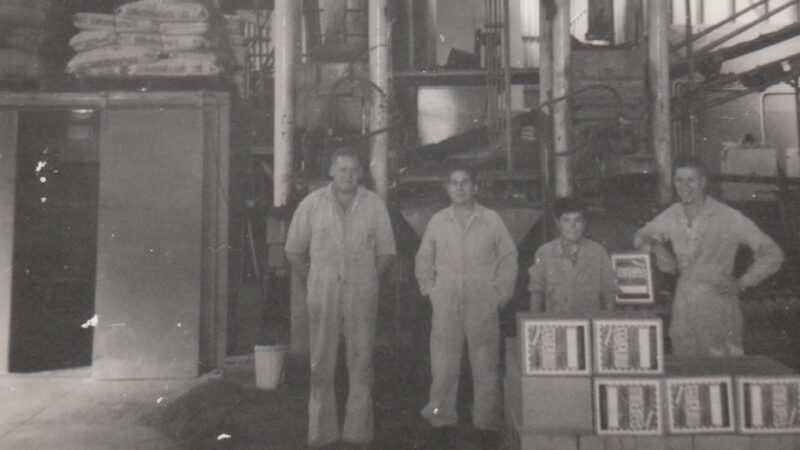The words 'biosecurity' and 'emergency animal diseases' may never have been utilised by the media…
From resilience comes reward for the Herberts

Thirty years ago, Tess Herbert left University in Canberra as a teacher and headed to the Central West to take up a posting at Forbes. She could not, in her wildest dreams, imagine she would one day win the Farmer of the Year Award.
Today, Tess is at work with her husband Andrew at Gundamain Pastoral just outside Eugowra with her trusty (and temperamental) Jack Russell, Mick, at her feet.
�The season is looking good so far, we had good early rain, but things are starting to dry out now,� said Tess.
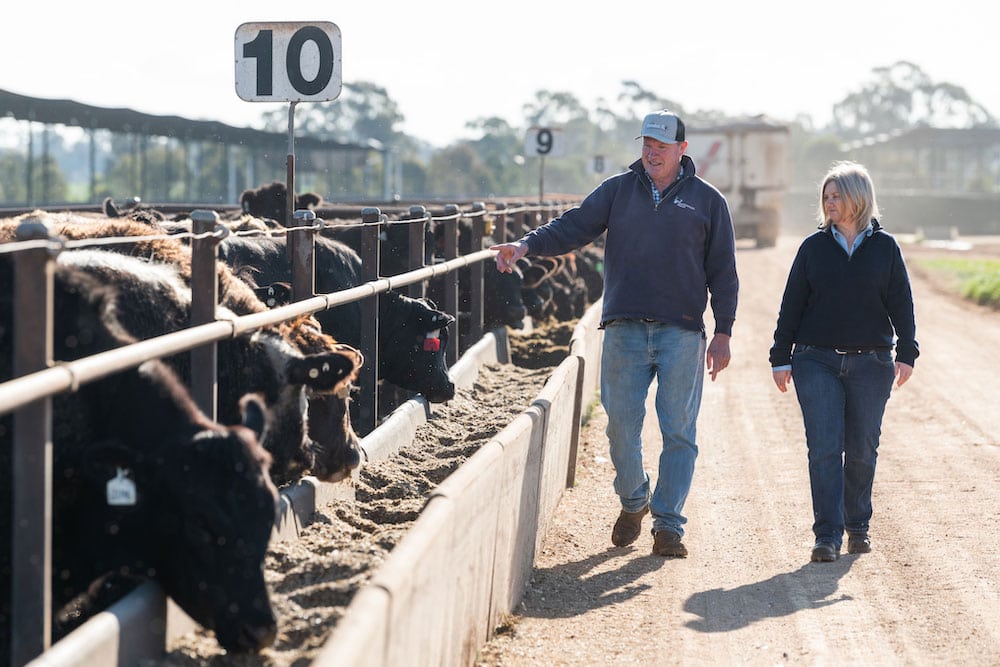
In contrast, only 10 short months ago, a flood hit the nearby town and the surrounding district with such force that lives were lost, homes were destroyed and businesses were obliterated.
The Herbert family has raised six generations on the property over the last 150 years and have seen catastrophic weather events over that time. However, according to Tess, the 2022 flood was extraordinary.
�In the months following the flood you�re left wondering; how do you cope during and after such an extreme event. And how do you prepare for the next one?� she said.
�When you�re smack bang in the middle of recovery and trying to get things done, you figure out how resilient your business is, how resilient your people are and you learn a lot about yourself. We nominated for the Kondinin Group and ABC Rural 2023 Farmer of the Year Award during this time because we were asking ourselves big questions, which is what the award does too. We also wanted to keep this area in people�s minds; we wanted to remind the public of what an extraordinary event had occurred.�
Tess Herbert
After receiving the award at Parliament House in Canberra and experiencing the ensuing fanfare, the Herberts are back at work, doing what they know and love � and that�s running a feedlot and farming business.
Growing fast, going strong
In the 1990s, when the couple assumed control of the operation, the business was a small, mixed farming enterprise with a piggery and a small cattle feedlot.
Tess kept a teaching job as a kind of �Plan B� drought-proofing strategy for the farm. Due to a shortage of childcare, though, she decided to change lanes and work with Andrew as he began to build the feedlot.
It felt like it made sense then and, judging by her long and impressive list of industry roles, it makes even more sense now that Tess and Andrew run Gundamain together.
In 2000, the family constructed a new feedlot and, like the three children they were raising, it grew rapidly.
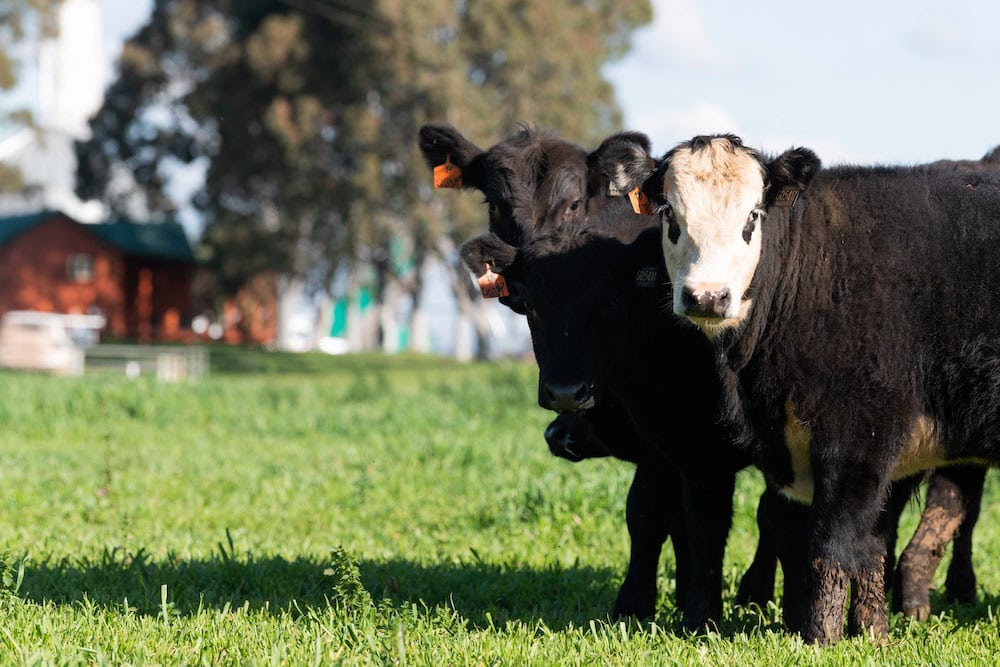
Gundamain now operates a 6,000-head cattle feedlot, 6,500 to 7,000 ewes for lamb and wool production, 5500ha of cropping, hay silage and pasture, and 400ha of remnant vegetation.
Tess�s off-farm pursuits include becoming the first female President of the Australian Lot Feeders Association, a director of the Red Meat Advisory Council (RMAC), and Chair of the Australian Beef Sustainability Framework Steering Group. She was also a board member for Central Tablelands Local Land Services and Chaired the Red Meat Panel.
In 2022 Tess became a non-executive director of the Board of Meat and Livestock Australia, Integrity Systems Company and a member of the Audit, Finance and Risk Committee.
Ready for anything
According to Tess, Andrew would be far less likely to make a career change, as he grew up knowing full well that he would stay working on the farm.
�He has always been absolutely sure of where he�s meant to be,� said Tess.
�The farm today looks completely different to when his parents ran it. We�ve made it our own. And no doubt, the next generation will make their mark on it too,� said Tess.
The family are the 13th winners of the Kondinin Group and ABC Rural Farmer of the Year Award, which celebrates excellence and innovation in agriculture across Australia � something the Herberts have demonstrated in spades.
Gundamain fully embraces technology and data analysis within the feedlot, farm and office and prioritises strategic planning and efficient operations. As they say, if you don�t measure it, you can�t improve it.
�You don�t react and respond; you plan ahead, then you�re ready for anything,� said Tess.
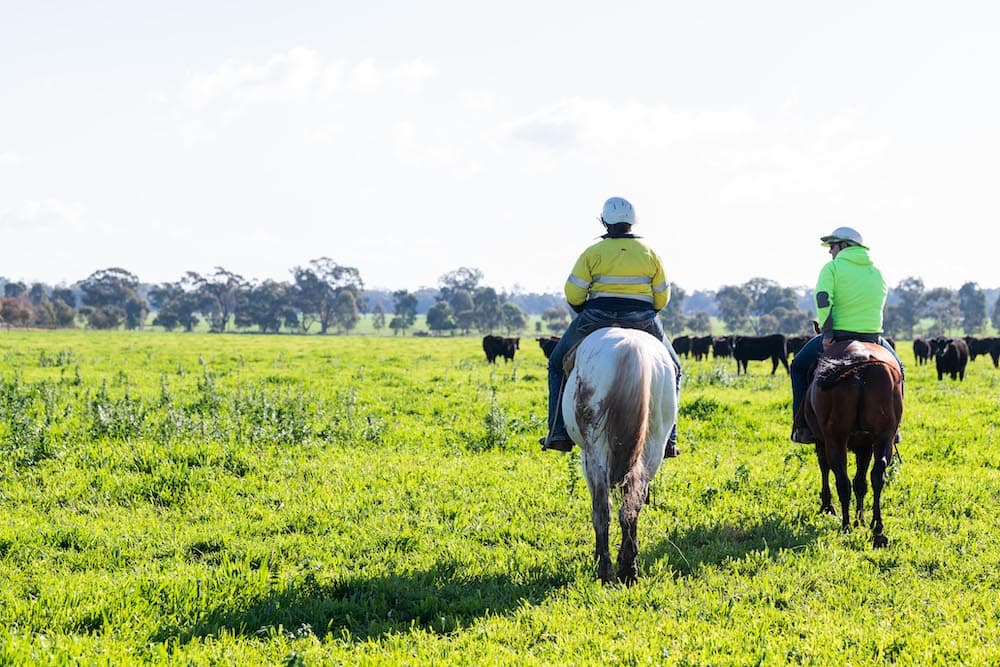
Having endured a drought, a global pandemic and a flood within a handful of years and come out the other side, certainly demonstrates that Tess and Andrew are walking the walk.
�Running a feedlot means you are heavily audited,� says Tess. �Quality assurance forces your business to think about things, you assess the internal and external risks and maintain a risk register. We must have contingency plans for when the power is out, or there�s extreme weather events. We need to know if the feed or water fails. Running a feedlot forces you to be agile and to have processes and procedures in place to drive the business.�
Gundamain works with an agronomist and feedlot consultant and uses software programs to monitor and improve their cropping and feedlot operation.
�We make data-driven decisions, which means we use a number of measurement points that then integrate. We use AgWorld for the crops, AgriWebb for the livestock, Farm Bot to remotely monitor water tank levels, Gallagher fencing to track electric fences and Cibo Labs to measure pasture growth via remote sensors.�
Tess Herbert
By having their data ducks in a row, the Herberts can put a finger on any information required at any time.
�When it comes to being audited, we can prove what we do. It�s not enough to say what you�re doing,� she says. �You must prove it, and good data and software allow this to happen.�
This self-awareness extends to benchmarking, which the Herberts believe is a valuable tool in assessing how their business is tracking.
�We will know if something doesn�t look or feel right, we will pick up on it because of our extensive use of systems and processes. Then you can do an internal audit and dive into the incident. You can make corrective actions and make sure it doesn�t happen again. You analyse, benchmark and measure what we are achieving in comparison to other people. This adds value to your business,� said Tess.
The length and breadth of the operation
The business of farming has undergone a few upgrades since the Herbert family first arrived in the district back in 1873, but some things still stand.
�This is a good grain-growing and cattle-growing area,� said Tess.
With a staff of 20, Gundamain produces its own hay and silage and sources grain and cattle locally. In recent years, they sold off feedlots at Coonamble and Wagga Wagga to focus on expanding their cropping operation.
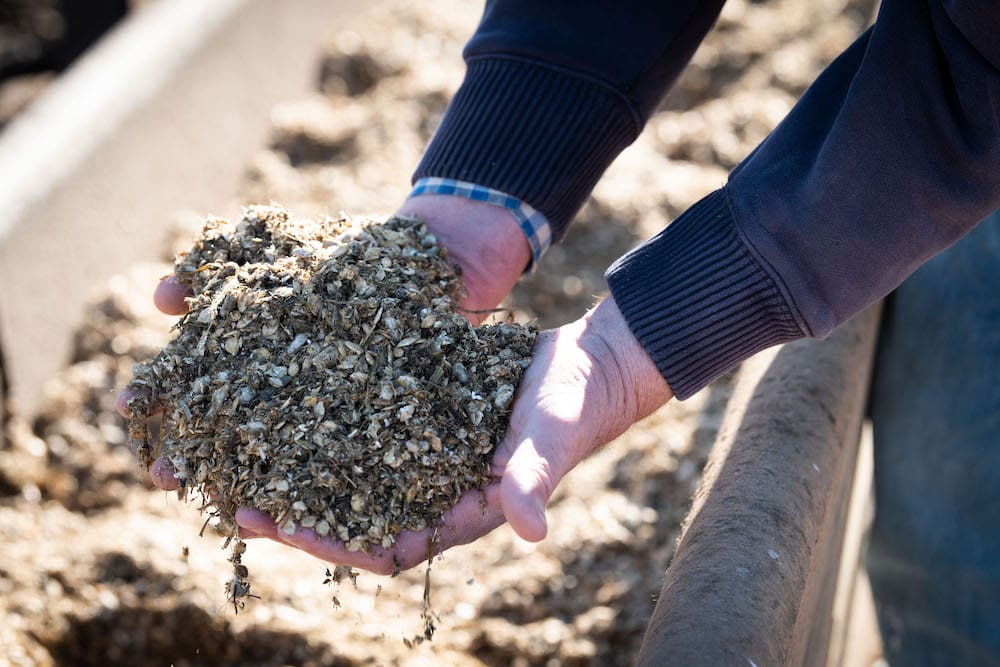
�More farms mean more grain which equals more cattle,� she points out.
Years ago, the couple could see a real opportunity for feedlots in the supply chain for price risk management, and that opportunity is being realised today with Andrew managing the cattle-trading side of the business.
�Working directly with the processors means they know when the animal is coming in, so they can fill their customers� demands at certain times. The capacity of the feedlot industry is growing,� said Tess.
Feedlotting cattle takes a lot of work, which means a strong reliance on a workforce. Based on her experience as Chair of the Australian Beef Sustainability Framework Steering Group, Tess can see the flow-on effects of her business on their people and the community � one of the pillars in the beef framework.
�When we measure the impact red meat has on people and the community, it�s not just in the place of diet,� she says. �It�s how it influences local and regional communities. The production of red meat creates a workforce, indirect employment and services. We buy cattle and grain and that has an economic impact on regional towns in a sustainable way. It means continuity for communities.�
Admitting she is definitely �on her soapbox� when discussing the red meat sustainability framework, Tess is looking toward the future as an exciting time for farmers to understand their natural capital assets.
�We are right in the middle of something big. If you can change your mindset to think of your natural capital as an asset, you�ll benefit from it. Think of it as your biodiversity, your soil, your animals and your vegetation.�
Tess Herbert
Tess admits it is getting more complicated, but sees opportunity in measuring your carbon in the future, particularly around forage budgeting.
�If you�re looking at management of pasture and soils and you�re across your carbon and your soil condition, then you�re going to make a decision to graze and move your stock for that purpose,� she says.
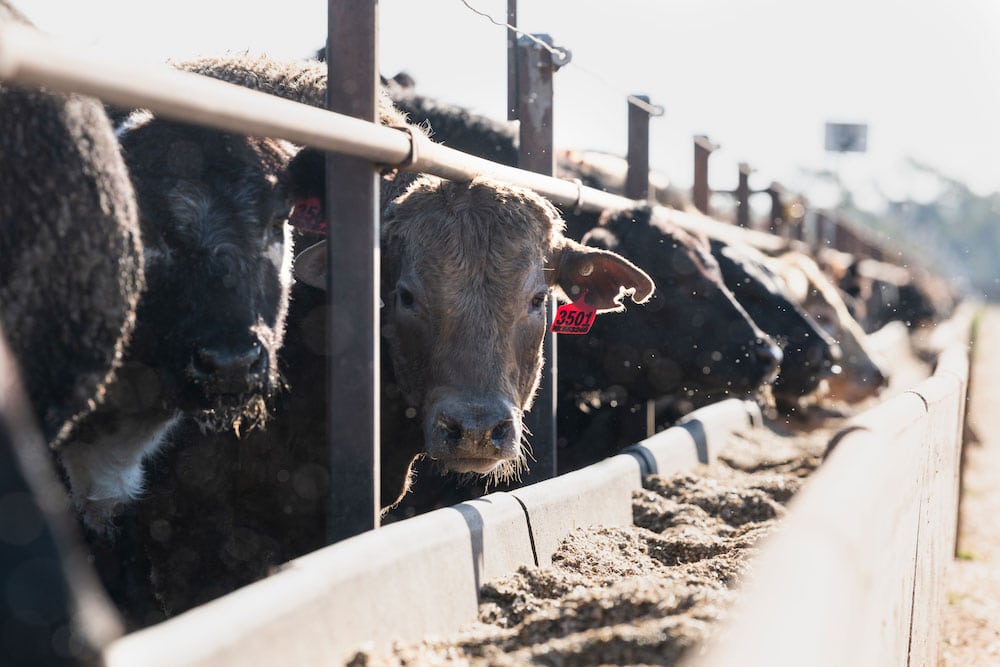
Every generation will revolutionise farming in its own unique way, and Andrew and Tess are thrilled to have their eldest daughter Caitlin on board the Gundamain �train�.
Alongside her, comes the Herberts� previous woolbroker turned son-in-law, Ed Thomas, bringing with him a skillset to complement the fibre side of things.
Gone are the days when the Herbert kids would catch the school bus from the feedlot weighbridge, but the family have taken an open and flexible approach to what lies ahead for the sixth generation.
�We made it clear to our kids that if they were interested in the farm, then they could come back whenever it suited them. Caitlin did dentistry and has come home, Siobhan is an economist in Sydney, and Lachlan works for Farmbuy,� says Tess.
Given the family�s long history of resilience and adaptability, it�s likely these traits are genetic and the future of Gundamain is bright.
If you enjoyed reading about the Herberts, check out the Suttor family, with a history that has been shared with the whole of Australia.


